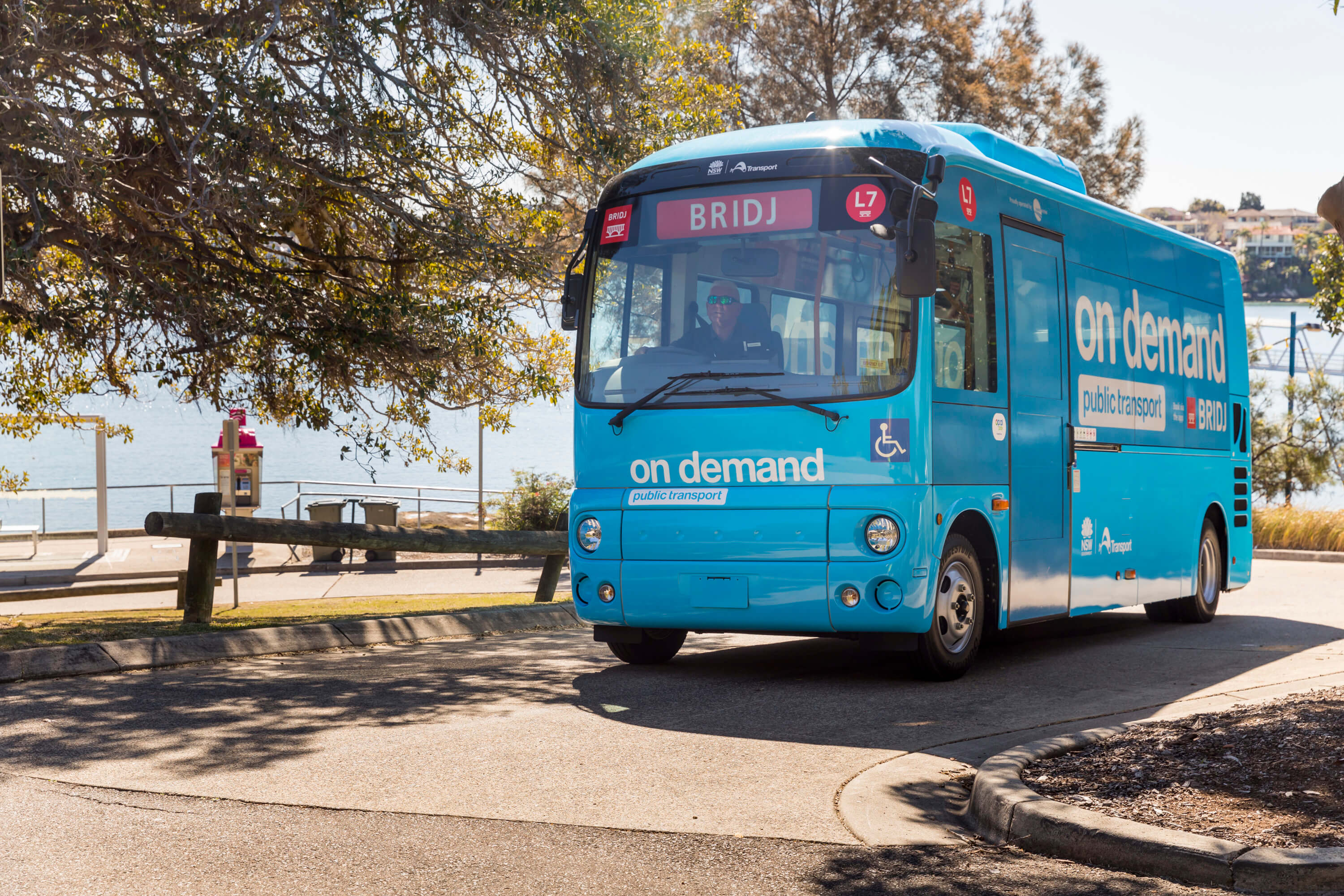powered by transit systems
demand responsive transit

Predictive Transport Technology
Whether you call it ‘Demand Responsive’ or ‘On Demand’ (as is the case for our services in New South Wales), predictive technology enables resources to be allocated where and when they’re needed, thus improving travel times and connectivity into major transport hubs and trunk services.
As the name implies, Demand Responsive Transport (‘DRT’ for short) is able to dynamically adapt according to demand. DRT vehicles only go where and when they are needed (or expected to be needed). Instead of hailing the bus at a traditional bus stop, customers can plan ahead or book at short notice via an app and meet the bus at a nearby ‘stop’.
14
VEHICLES
100000
TRIPS PER YEAR





Behind the scenes, the routing and customer allocation algorithms optimise the service. This delivers the benefits of more direct routes, greater service frequency, shorter journey times and lower operational cost.
DRT services are as much at home in regional centres as they are at home in the big city. They provide councils and local governments the opportunity to provide quality service on demand, cutting the cost of running infrequent and empty buses. It may also be applied to support private transport solutions such as airport transfers, staff transfers, events and tourism.
